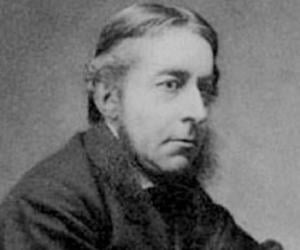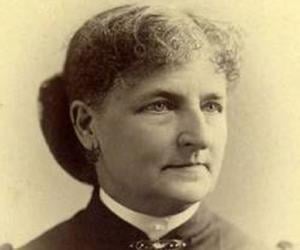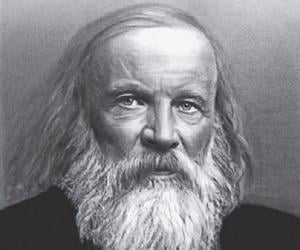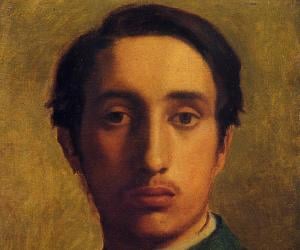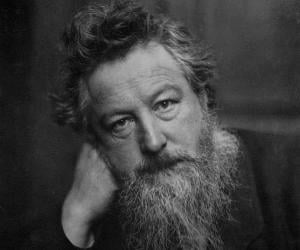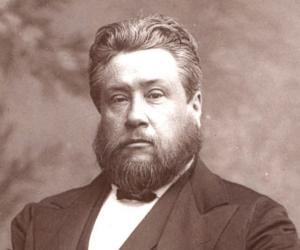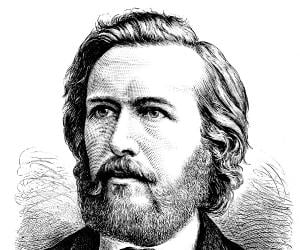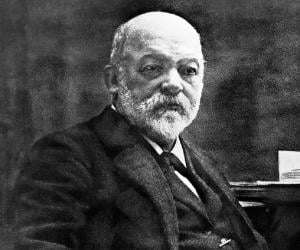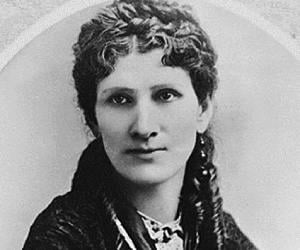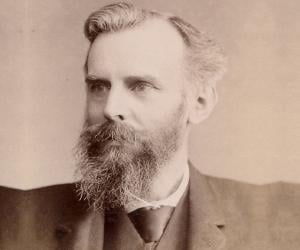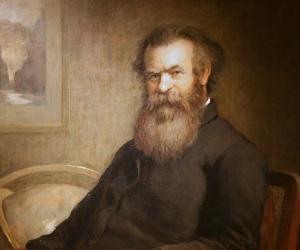French Impressionist artist Edgar Degas is best remembered for his oil paintings and pastel drawings and for his signature use of dancers and bathing women as themes in his works such as Fin d'Arabesque and Woman in a Tub. He had also experimented with bronze sculptures and called himself a realist.
William Morris was a British poet, novelist, textile designer, translator, and socialist activist. He played a major role in reviving the traditional British textile arts and the various methods of production. As a novelist and poet, Morris helped establish the fantasy genre, which is prevalent today. He is counted among the most important cultural figures of the Victorian era.
Charles Spurgeon was an English Particular Baptist preacher who was a powerful figure in the Reformed Baptist tradition. Hailed as the "Prince of Preachers", he was well respected by Christians of various denominations. He was pastor of the congregation of the New Park Street Chapel for almost four decades. He was the author of several books, sermons, and commentaries.
Ernst Haeckel had initially practiced medicine before he gained an interest in Charles Darwin’s theory and began exploring zoology and related fields. He not only coined terms such as ecology, but also named numerous species and created a genealogical tree. He drew numerous figures of animals and sea creatures, too.
Gottlieb Daimler was a German engineer, industrialist, and industrial designer. A pioneer of automobile development and internal combustion engines, Daimler is credited with inventing the liquid petroleum-fueled engine. In 1978, Gottlieb Daimler was inducted into the Automotive Hall of Fame.
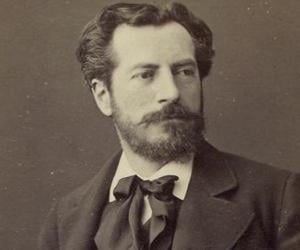
Frédéric Auguste Bartholdi was a French painter and sculptor remembered for designing the Statue of Liberty. He is also credited with designing other iconic statues like The Lion of Belfort and Marquis de Lafayette. In addition to being a sculptor, Bartholdi also played an important role in the Franco-Prussian War of 1870, serving as a liaison officer to Giuseppe Garibaldi.
Indian-born British author Anna Leonowens is best remembered for her memoir The English Governess at the Siamese Court, which related her experience as a governess of the children of King Mongkut of Siam. The musical The King and I and the novel Anna and the King of Siam were inspired by her life.
John Wesley Powell was a geologist and explorer of the American West. He undertook a series of adventures as a young man and later joined the military. He is best known for the three-month-long geographic expedition he undertook down the Green and Colorado rivers. He was made the director of the U.S. Geological Survey in 1881.
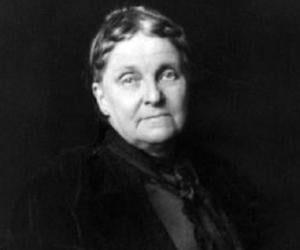
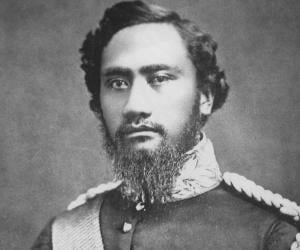
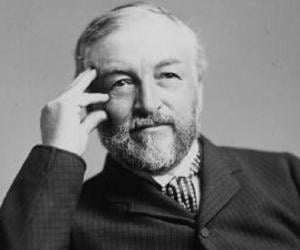
Astrophysicist Samuel Pierpont Langley had worked as an engineer before he taught physics and astronomy at the Western University of Pennsylvania. He later took over as the director of the Allegheny Observatory. He is best remembered for his research on solar radiation and for inventing the bolometer.
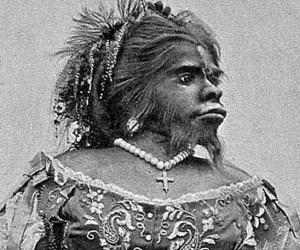
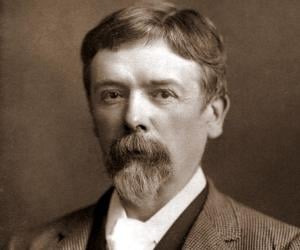
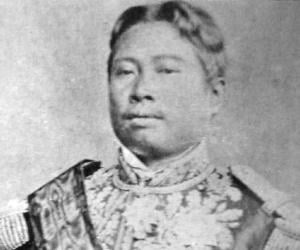
Cambodian ruler Norodom, the eldest son of King Ang Duong, was trained in the concepts of Buddhism from an early age. His initial goals included strengthening ties between Siam (Thailand) and Cambodia. A treaty he signed with France handed over Cambodia’s foreign relations to the French.
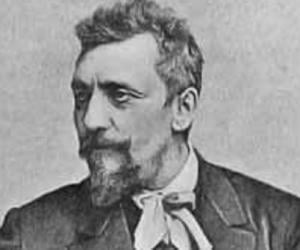
Carl Bloch was a Danish artist. His parents wanted him to become a naval officer, but he went against their wishes to pursue painting. He studied at the Royal Danish Academy of Art (Det Kongelige Danske Kunstakademi) under Wilhelm Marstrand and went on to become a well-known painter. He made 23 paintings for the King's Chapel at Frederiksborg Palace.
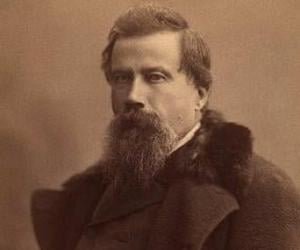
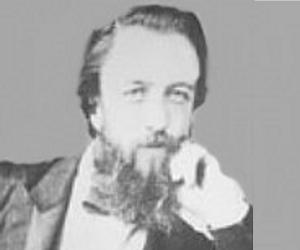
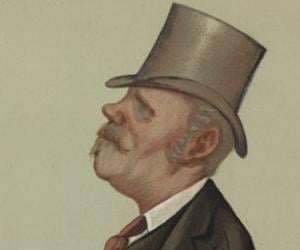
Thomas Sutherland was a British politician and banker best remembered for founding The Hongkong and Shanghai Banking Corporation (HSBC), the founder member of HSBC Group. After his demise, a street in Sheung Wan was named after him.
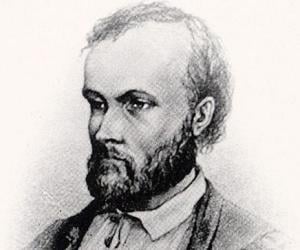
Aleksis Kivi, a national writer of Finland, created modern-literary-language of the nation His only novel Seitsemän veljestä is widely-regarded as first significant novel written in Finnish language. He is counted among the earliest and greatest authors of prose and lyrics in Finnish. Another famous work of Kivi, whose birthday is celebrated as Finnish Literature Day, is the play Heath Cobblers.

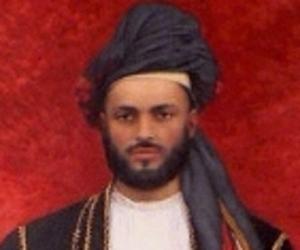
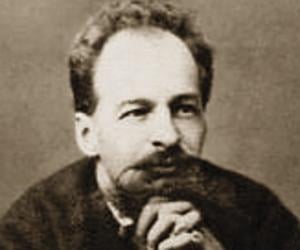
Orphaned as a toddler, Viktor Hartmann was raised by her aunt, who was the wife of architect Alexandre Hemilian. While he initially worked as an architect, he later focused on pencil sketching and water-color painting. He died of aneurysm at 39, following which most of his work was lost.
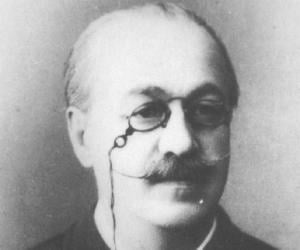
Lev Ivanov was a Russian choreographer and ballet dancer. Ivanov worked at the Imperial Russian Ballet where he served as the Second Balletmaster. He is best remembered for choreographing Acts II and IV of Swan Lake, including the famous Dance of the Little Swans. Lev Ivanov is also credited with choreographing The Nutcracker and Act II of Cinderella.
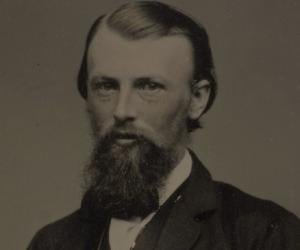
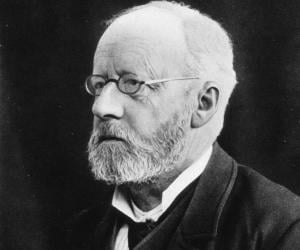
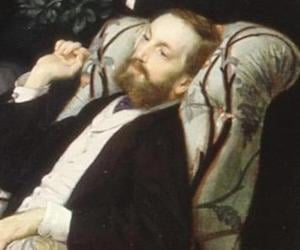
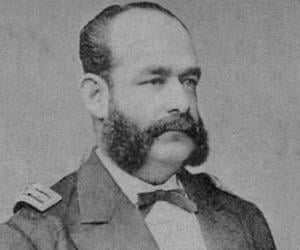
Miguel Grau Seminario was a Peruvian naval officer best remembered for his role in the Battle of Angamos, which was part of the War of the Pacific. Nicknamed Gentleman of the Seas, Miguel Grau Seminario is also remembered for his chivalrous and kind treatment of defeated enemies.
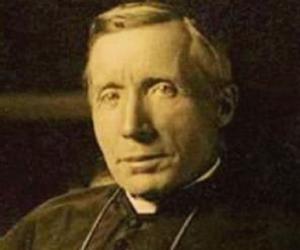
James Cardinal Gibbons was a prelate of the Catholic Church. From 1868 to 1872, he served as Apostolic Vicar of North Carolina. From 1872 to 1877, he served as the Bishop of Richmond. From 1877 to 1921, he served as the ninth Archbishop of Baltimore. He is also remembered for his writing skills and many of his works remain influential.
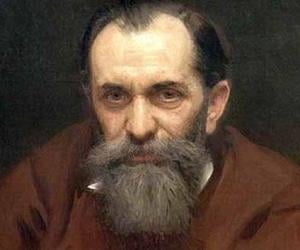
Vasily Perov was a Russian painter who played an important role in the Realist movement in Russia. He is credited with co-founding one of the most popular groups of Russian realist artists called Peredvizhniki. Over the course of his career, Vasily Perov received several prestigious awards and honors like the grand gold medal from the Russian Academy of Arts.
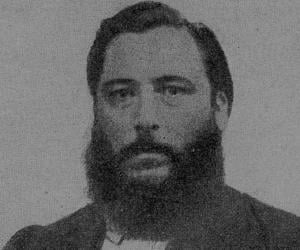
Argentine poet José Hernández is best known for his long epic poem Martín Fierro. Having spent a part of his life in the pampas, he learned the ways and means of the gauchos and often described them in his works, such as The Gaucho Martin Fierro, a fine work of gaucho poetry.
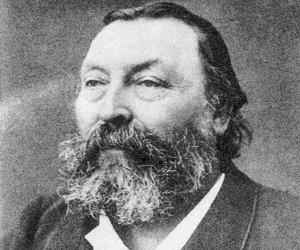
Peter Benoit was a Flemish composer best remembered for his compositions like De Schelde and Lucifer. He also wrote numerous essays on musical matters. Peter Benoit, who studied primarily with François-Joseph Fétis, earned the latter's respect and praises over the course of his illustrious career.
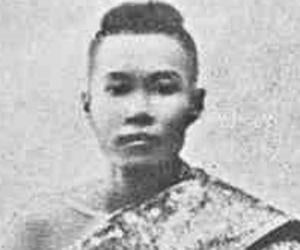
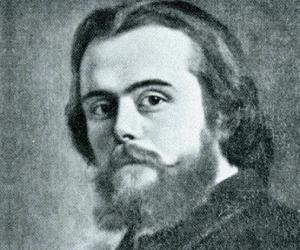
Léon Walras was a French mathematical economist and Georgist. He is known for formulating the marginal theory of value independently of William Stanley Jevons. Considered a pioneer in the development of general equilibrium theory, he authored the book Éléments d'économie politique pure. He is also considered one of the three leaders of the marginalist revolution.
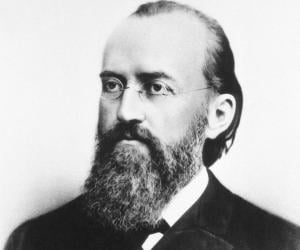
German physiologist and psychologist Ewald Hering is best remembered for his physiology of colour perception. He not only developed the opponent color theory but also conducted research on respiration and the vagus nerve. He also taught at the University of Leipzig and the University of Prague.
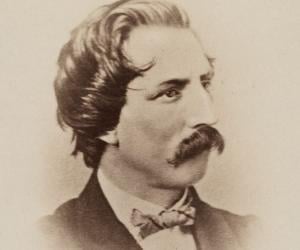
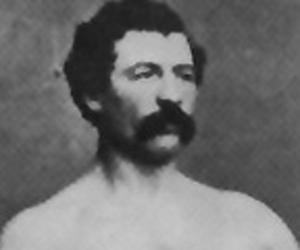
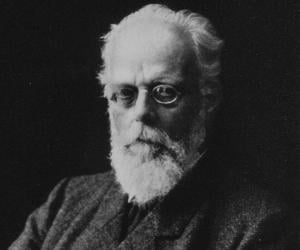
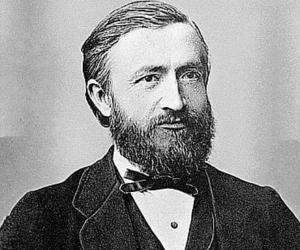
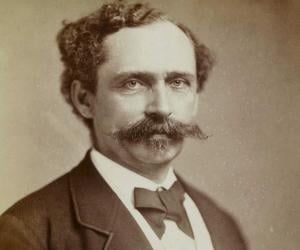
German explorer who served as a military surgeon in Central Africa and is remembered for his pioneering explorations of the Sahara. He was commissioned by the Prussian king William I to explore Bornu. He also covered Chad, Sudan, and Cairo, and was later sent to western Africa by Bismarck.
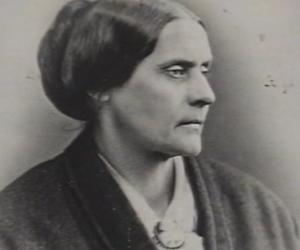
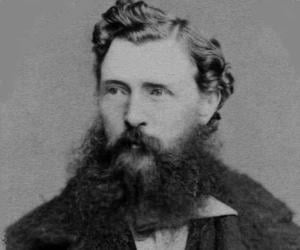
As a minister of the Dutch Reformed Church, Thomas François Burgers questioned the authenticity of the events in the Bible and was even suspended once. As the president of Transvaal, he was infamous for letting the British annex his kingdom. He spent his final days in poverty.
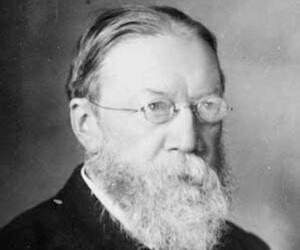
Welsh inventor William Henry Preece spent his entire life working at the British Post Office, where he experimented on the post office telegraph system. He helped Guglielmo Marconi gain financial assistance and also developed the wireless telegraphy and the telephone system of Britain. He was knighted for his achievements.
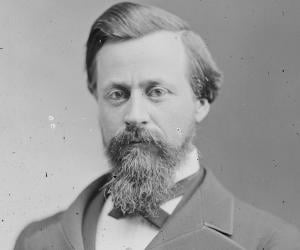
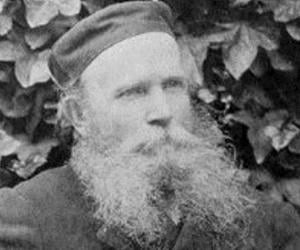
William Chester Minor was an army surgeon and lexicographical researcher. He studied at Yale Medical School and earned a medical degree with a specialization in comparative anatomy. He then became an army surgeon. He was later committed to a London psychiatric hospital for many years as he suffered from paranoid delusions. He became a lexicographical researcher while incarcerated.
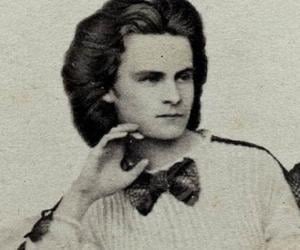
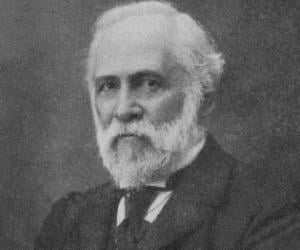
Astronomer Charles Augustus Young is best known for his research on the flash spectrum of the Sun. He penned several significant books on astronomy, such as General Astronomy, and taught at Princeton University, too. He had also been part of the 85th Regiment of Ohio in the Civil War.
